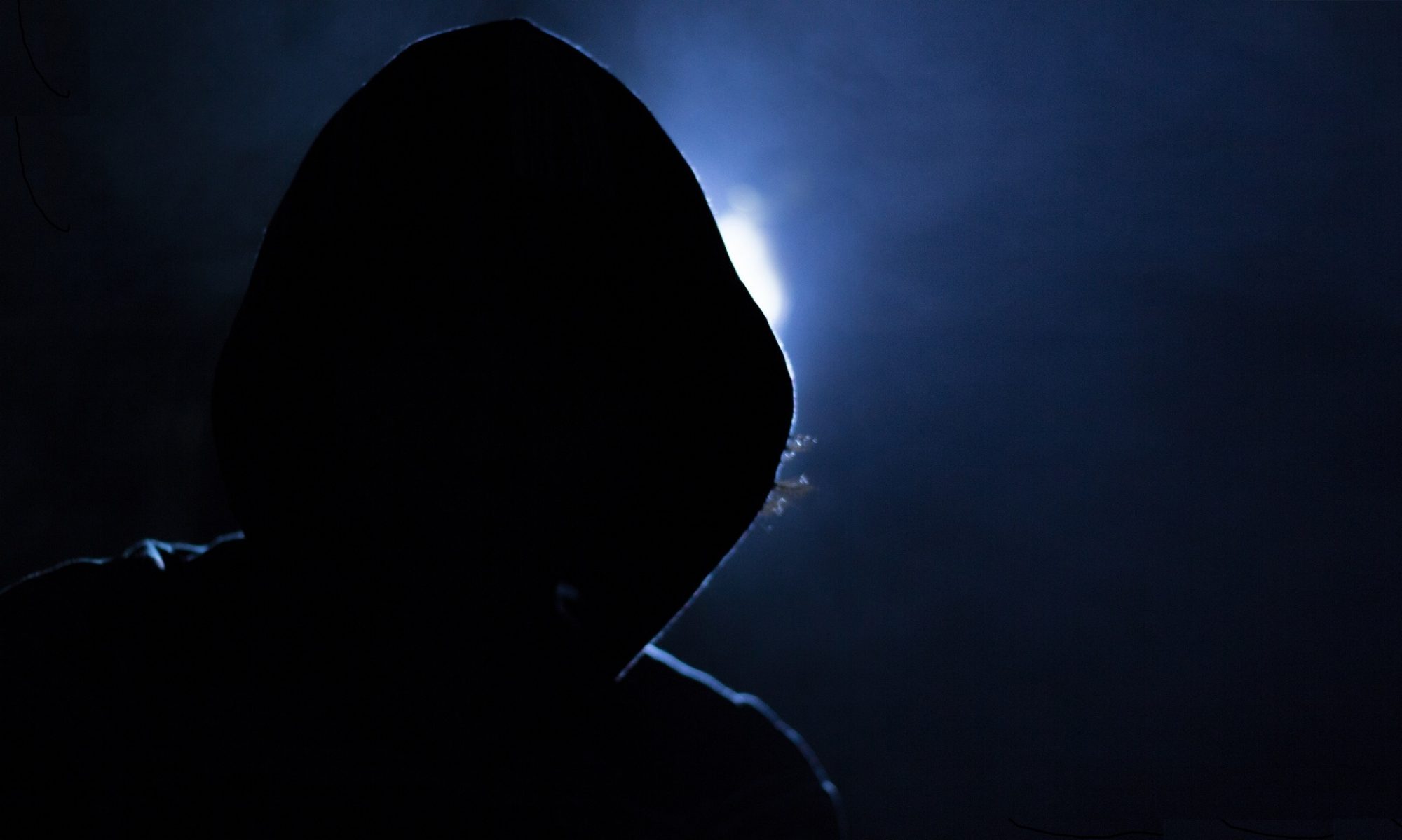There has been a lot of controversy in the media regarding the security of Apple iPhone and iPad devices. Whilst both ship with a natively secure operating system, the majority (~60%) of iPhone and iPad users have jail broken their devices which makes them blatantly insecure!
Jailbreaking is a process that allows iPad, iPhone and iPod Touch users to install homebrew applications on their devices by unlocking the operating system and allowing the user root access. Once jailbroken, iDevice users are able to download many extensions and themes previously unavailable through the App Store via unofficial installers such as Cydia. A jailbroken iPad, iPhone or iPod Touch is still able to use the App Store and iTunes.
Jailbreaking is different from SIM unlocking, which, once completed, means that the mobile phone will accept any SIM without restriction on, for example, the country or network operator of origin. Jailbreaking, according to Apple, can void Apple’s warranty on the device,[1] although this is quickly remedied by restoring the device in iTunes.
This article will address some of the security issues with jailbroken iPhone and iPad devices and how you can secure your unit.
1. SSH Passwords
By default, jailbroken devices are vulnerable to being hacked into using SSH. If you have jailbroken your device and installed Cydia it is vital that you change your phones mobile and root account passwords. The default password is ‘alpine’ which means that if you connect to a wireless access point using your device, rogue individuals can gain un-authorized access to your device. Continue reading “15 steps to secure your iPhone / iPad”
